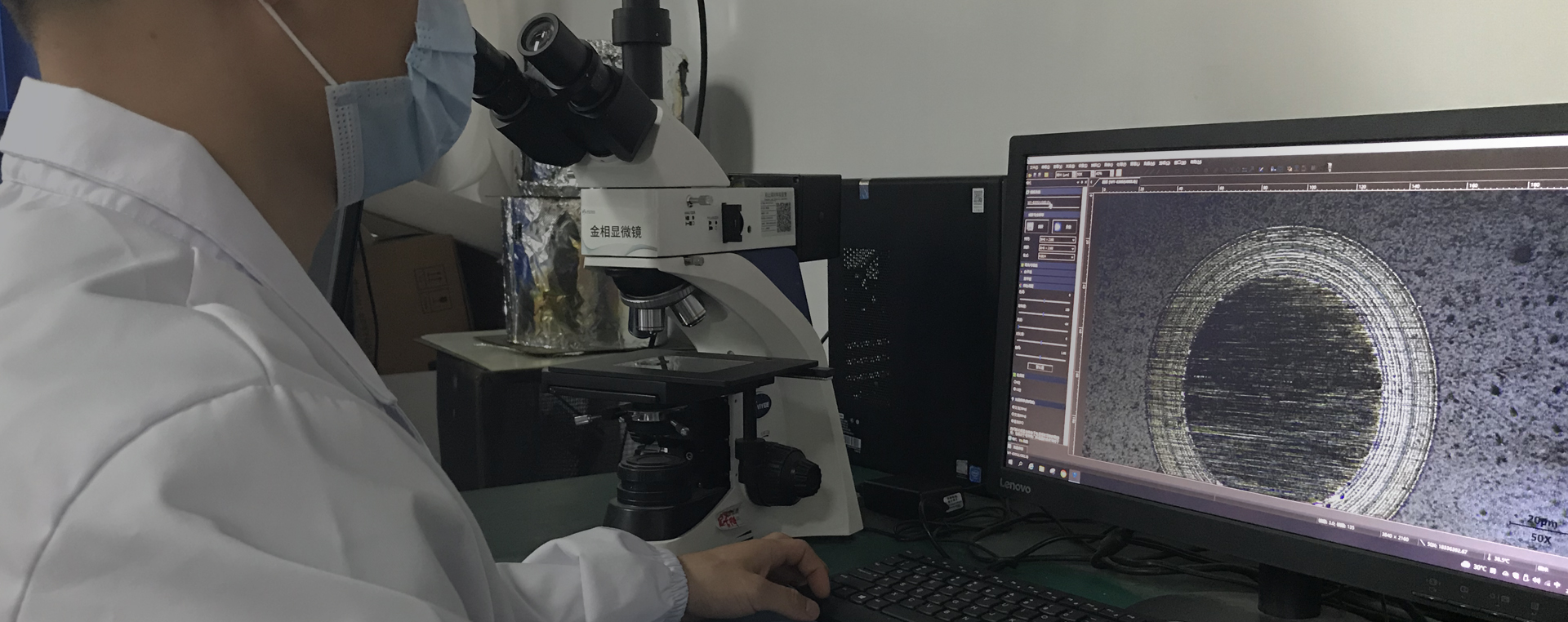HiPIMS self-organizing discharge high-resolution spectral imaging
The introduction
Due to the constraint of magnetic field and the ultra-high power discharge, the high-power pulsed magnetron sputtering technology (HiPIMS) has the unstable phenomenon of glow flicker due to the partial discharge enhancement during the discharge process. When the unstable glow exists, the discharge state is also very different, and the glow will form different discharge structures and pattern forms. With these enhanced specular glow discharges, there are differences in the discharge states of the internal particle components, such as excitation and ionization. How to study these changes directly? High-resolution spectral imaging is an effective means to visually observe the discharge form and change in unstable regions.
Dot eyeball
1) High-resolution spectral imaging can be used to analyze the local state of discharge, such as stability;
2) High-resolution spectral imaging can be used to analyze the composition, excitation and ionization states of different particles;
content

Al target was used as high power pulsed magnetron sputtering source, and the discharge of spectral imaging was studied. As shown in FIG. 1(a), when there is no spectral filtering, we can see the circular self-organizing discharge pattern with local enhancement. However, when 394nm light filtering is used, the excitation radiation spectrum 1(b) of Al atom can be seen, and the intensity is the highest, indicating that the entire discharge pattern is filled with excited Al atoms with energy. In contrast, the Al atom in the excited state of 13.08eV has a weak intensity, indicating that this component is less in Figure 1(c). However, the Al atom in the excited state of 13.3eV shows an enhanced appearance at the four spots in Figure 1(d), which corresponds to the four spots in Figure 1(a), indicating that the four spots are mainly excited by high-energy excitation. It is different from our conventional opinion that the discharge intensity is high and the ionization rate is high. Therefore, high-resolution spectral imaging is helpful for us to correctly understand and understand the plasma discharge state.
HiPIMS Spectral imaging
Figure 1. High resolution spectral imaging under different Al composition (A) overall image,(B-D) excited state image of Al atom,(E-G) excited state image of Al ion.
What's the dissociation state? FIG.1 (e) shows the Al ion state with ionization energy of 15.06eV. It can be seen that its discharge pattern does not coincide with FIG.1 (d), indicating that its ionization does not come from the excitation ionization of 13.3eV, but is more like the direct excitation ionization from the Al atom of 3.14eV. Similarly, for Al ions in higher ionization states, as shown in FIG.1 (f) and 1(g), their discharges are weaker, indicating that there are fewer Al ions in higher energy states, and these Al ions in higher energy states may come from the excitation ionization of 3.14eV and the excitation ionization of 13.3eV Al atoms.
Therefore, the study of high resolution spectral imaging can correct our understanding of the plasma state, so that we can more correctly understand the form and mechanism of discharge.
extension
1) High-resolution spectral imaging can observe the state of more discharge components and the distribution of different positions.
2) As an effective diagnostic tool, more effective information will be delivered to help the plasma discharge mechanism.
3) However, it is necessary to have profound theoretical knowledge and foundation on how to dig more discharge mechanism from the given diagnostic map.
 0769-81001639
0769-81001639
